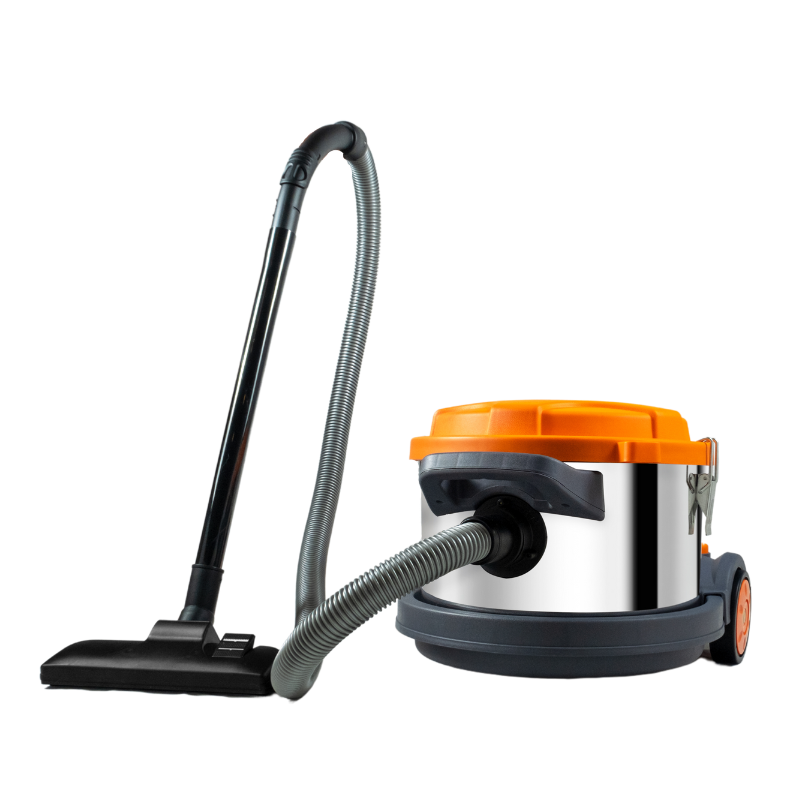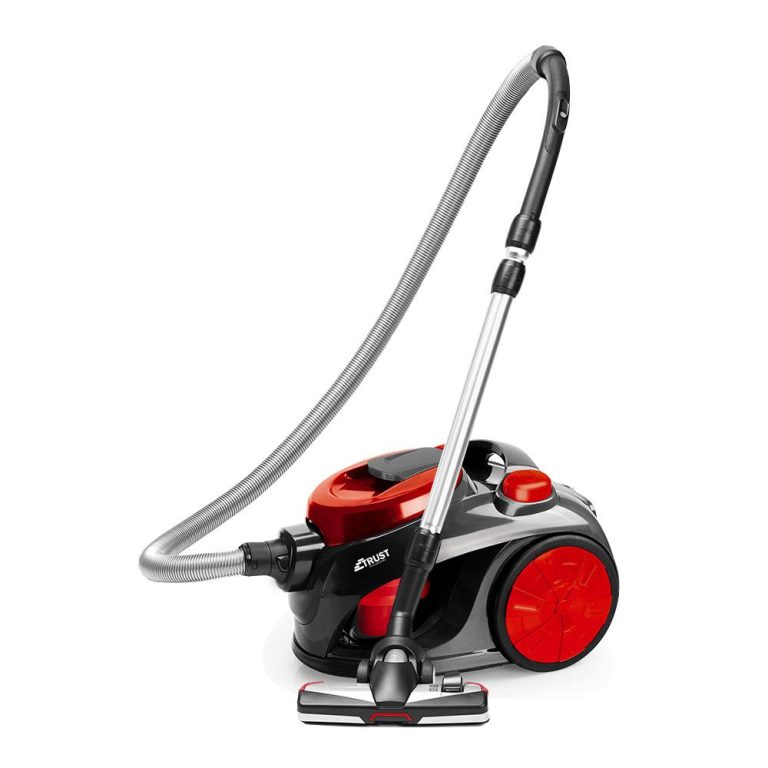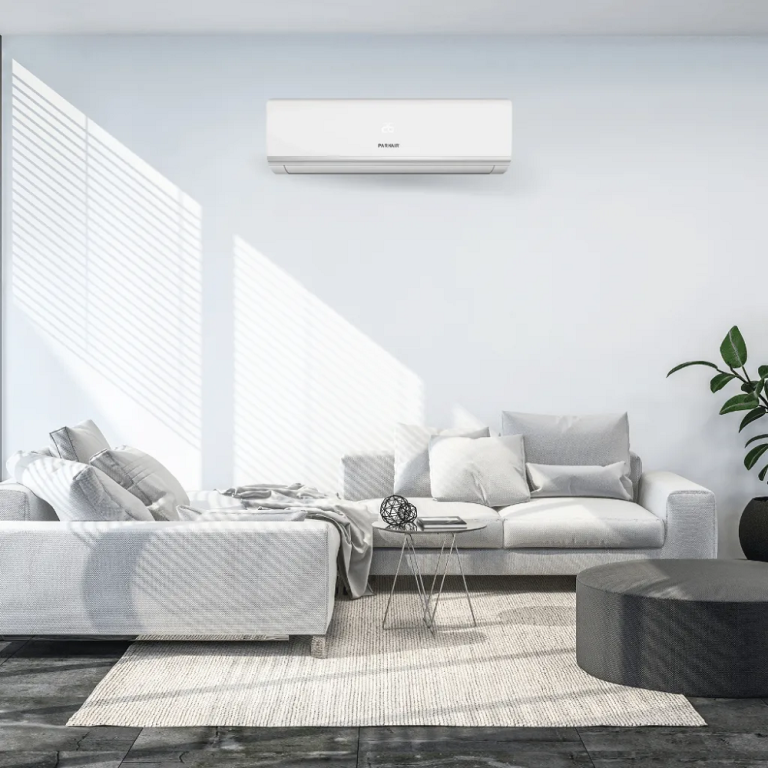A vacuum cleaner is an essential tool for maintaining a clean and healthy home environment. However, many people do not utilize this appliance to its full potential, resulting in ineffective cleaning and frustration. In this ultimate guide, we will delve into effective techniques, best practices, and maintenance tips to ensure you get the most out of your vacuum cleaner. Whether you have a traditional upright model, a canister vacuum, or a robotic cleaner, this guide will help you achieve optimal results.
Understanding Different Types of Vacuum Cleaners
Types of Vacuum Cleaners
Before you can use your vacuum cleaner effectively, it’s important to understand the different types available on the market. The most common types include:
- Upright Vacuums: Ideal for large carpeted areas, these are easy to maneuver and often come with powerful suction. They are usually designed with a rotating brush to lift dirt from carpets effectively.
- Canister Vacuums: These models are versatile and work well on various surfaces, including hardwood floors, carpets, and upholstery. Their separate canister design makes them easier to use in tight spots.
- Robotic Vacuums: These automated devices clean your floors without much intervention. They are perfect for maintenance cleaning and work well on both carpets and hard floors.
- Handheld Vacuums: Great for quick clean-ups and reaching tight spaces, handheld vacuums are usually cordless and light, making them easy to store and use.
Understanding your vacuum’s type will help you utilize it more effectively. Be sure to check your manufacturer’s guidelines, as each vacuum may have specific recommendations on how to operate it.
Features and Attachments
Every vacuum cleaner comes with specific features and attachments designed to enhance its cleaning capabilities. Common attachments include dusting brushes, crevice tools, and upholstery tools. For example, a dusting brush is perfect for delicate surfaces like blinds and furniture, while a crevice tool can reach corners and narrow gaps.
Familiarize yourself with these attachments and how to use them. Switch between tools as necessary to ensure every surface in your home is cleaned properly. This versatility will greatly improve the effectiveness of your cleaning routine.

Preparing Your Space for Vacuuming
Decluttering Before You Start
Before you start vacuuming, take a moment to declutter the area. Pick up toys, shoes, and any loose items lying on the floor. Removing these objects not only prevents damage to your vacuum cleaner but also allows you to clean more thoroughly.
By decluttering your space, you’ll maximize the vacuum’s ability to capture dirt and debris effectively. This practice also helps to avoid potential interruptions during vacuuming, allowing you to maintain your cleaning momentum.
Adjusting Your Vacuum Settings
Most vacuum cleaners have settings that can be adjusted based on the type of flooring you are cleaning. For example, lower settings are often better for delicate carpets, whereas higher settings work well for deep pile carpets. If your vacuum has a height adjustment feature, make sure to adjust it accordingly.
Understanding and utilizing these settings can significantly improve your vacuuming efficiency. For hard floors, consider switching off the brush roll if applicable; this prevents scatter and removes the risk of scratching the surface.
Effective Vacuuming Techniques
Establishing a Routine
Creating a regular vacuuming routine is key to maintaining a clean living space. Depending on your home’s size and your family’s activity level, aim to vacuum at least once a week or more frequently in high-traffic areas. Establishing a clear routine ensures that dust and allergens do not accumulate, contributing to a healthier home environment.
When you vacuum, work from the farthest corner of the room toward the exit. This strategy prevents you from stepping on cleaned areas and ensures complete coverage of the floor. Vacuuming in a consistent pattern, such as in rows or an overlapping “S” shape, will help ensure that you don’t miss any spots.
Techniques for Different Surfaces
Different surfaces require different techniques and approaches. For carpets, make slow, deliberate passes to allow the vacuum cleaner to lift dirt effectively. If you are vacuuming shag carpets or high-pile rugs, you may have to make extra passes to ensure equal coverage.
When dealing with hard floors, use a side-to-side approach to ensure you collect dirt that falls outside the main path of travel. Be sure to engage the vacuum’s brush roll whenever possible, as this can help lift dirt out of the cracks.
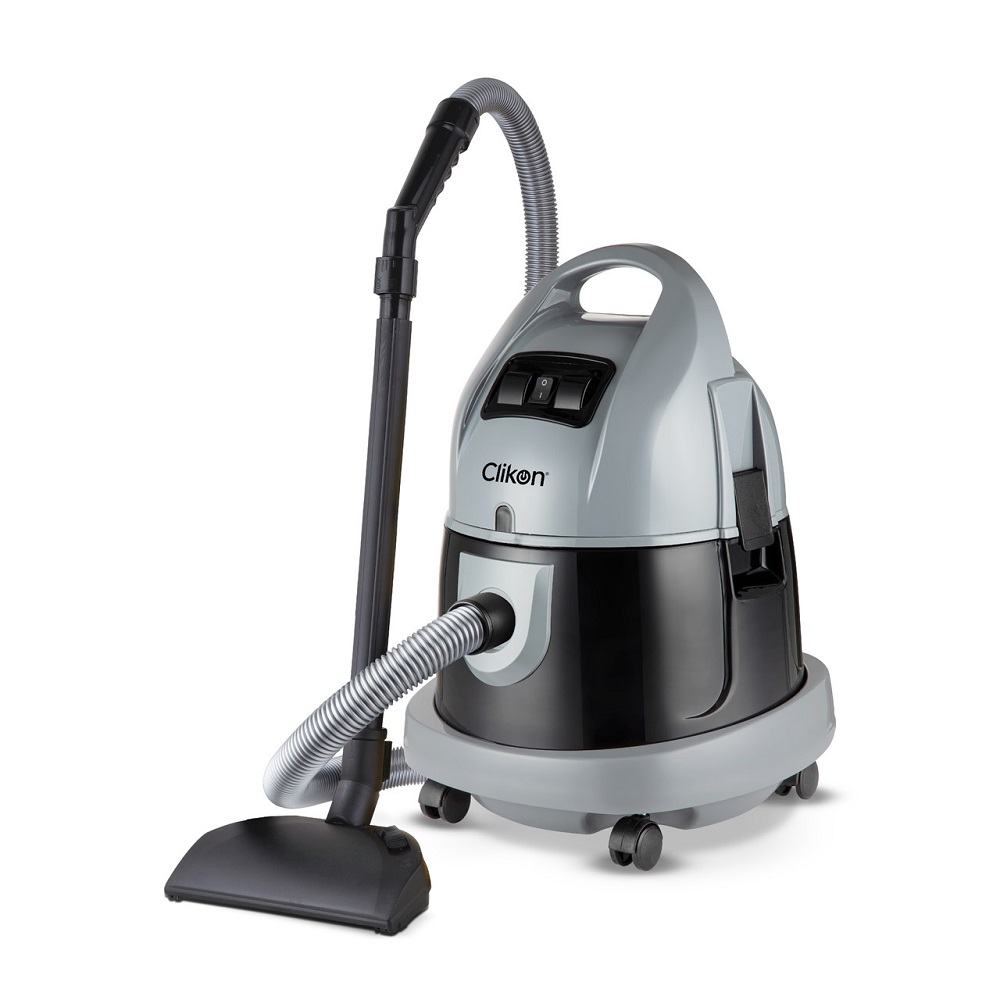
Dealing with Common Cleaning Challenges
Hair and Pet Dander
If you have pets, hair and dander accumulation can pose a significant challenge. To counter this, consider investing in a vacuum cleaner designed for pet owners, often equipped with specialized pet hair attachments. These vacuums usually offer stronger suction and additional cleaning brushes that work better in removing hair from carpets and furniture.
Regularly clean the brushes of your vacuum cleaner to avoid tangling hair that hampers performance. Additionally, using a lint roller or pet hair remover before vacuuming can minimize the amount of hair left behind.
Stubborn Stains and Spills
For stubborn stains or messes, a vacuum alone may not suffice. Before vacuuming, address any spills by pre-treating them with suitable cleaners. Consider using a carpet shampooer or spot cleaner specifically designed for the material being cleaned.
Once the area is dry, vacuum over it to remove any remaining debris. This two-step approach maximizes cleanliness and ensures that stubborn stains don’t become permanent fixtures.
Frequent Maintenance for Optimal Performance
Regular Cleaning of the Vacuum
Just as you maintain your home, taking care of your vacuum cleaner is essential for ensuring optimal performance. Empty the dust container or change the bag frequently, as a full bag or container can significantly reduce suction power. Make it a habit to check the dust container after every few uses, especially in high-traffic areas.
Additionally, regularly inspect the vacuum brushes for hair, debris, and build-up. Cleaning the brushes contributes to better performance and prolongs the life of your vacuum. Take the time to check for blockages in hoses and filters as well; these can negatively impact your vacuum’s efficiency.
Checking and Replacing Filters
Many vacuum cleaners come equipped with filters designed to capture allergens and particles, improving indoor air quality. Over time, these filters can become clogged and diminish performance. Regularly check your vacuum’s filter and clean or replace it as necessary. Consult your user manual for instructions on how to do this correctly.
Some filters are washable, while others must be replaced entirely. Keeping up with filter maintenance means you can achieve the best air quality and suction performance from your vacuum.
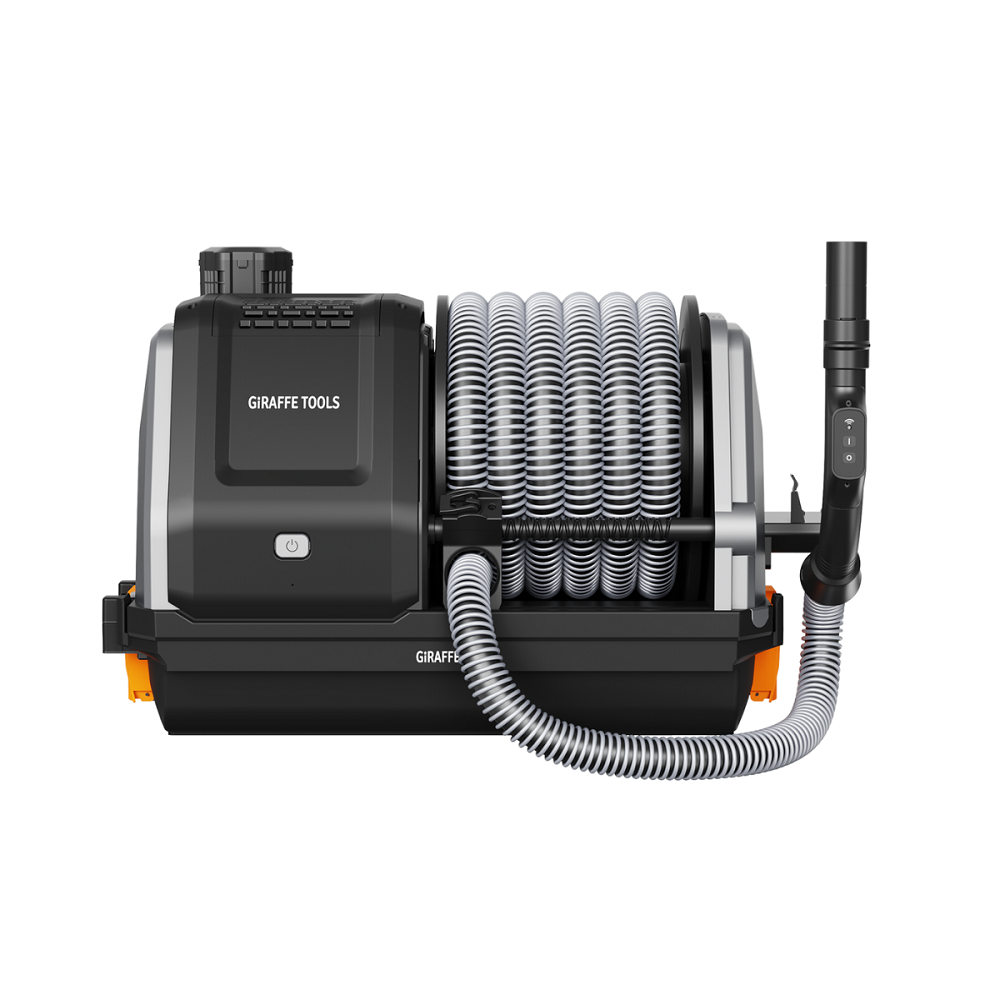
Storing Your Vacuum Cleaner
Proper Storage Techniques
Storing your vacuum cleaner correctly can enhance its longevity and functionality. Always ensure the vacuum is clean and dry before storing it. Store your vacuum in a cool, dry place; avoid damp or humid areas where mold can thrive.
If you have a corded model, be sure to wrap the cord neatly around the hooks provided on the vacuum. This practice prevents tangling and damage. For bagless models, ensure the dust container is emptied to prevent spillage during storage.
Consider Vertical Storage Solutions
If you’re short on space, consider vertical storage solutions, as many modern vacuums are designed to stand upright. Wall hooks or storage racks can be handy for keeping your vacuum cleaner accessible while also preserving space.
This approach allows you to easily grab your vacuum when necessary, ensuring quick access for regular clean-ups or emergencies alike.
Mastering Your Vacuum Cleaner
Using a vacuum cleaner effectively goes beyond simply pushing it across the floor. Implementing the right techniques, understanding your vacuum’s capabilities, and performing regular maintenance will help ensure that you achieve the best results possible.
By familiarizing yourself with the various types of vacuums, learning proper usage techniques, and addressing specific challenges like pet hair and stubborn stains, you can transform your cleaning routine into a more efficient process. Regular maintenance and proper storage further extend your vacuum’s lifespan and performance.
Ultimately, mastering your vacuum cleaner contributes to a cleaner, healthier home environment that you and your family can enjoy. By following the advice in this guide, you will become a more effective cleaner and ensure your home remains pristine. So, grab your vacuum cleaner and start implementing these tips and tricks today!
